
Latitude Nation Loves Their Dinghies and the Childhood Memories They Stir
Breaking News: Dinghies are awesome and everyone loves them.
We tested this hypothesis a few weeks ago when we posted the following black-and-white photo of a New Zealand “Zeddie,” or Z-Class, on our Facebook page. The photo went off the chart in likes (600) and comments (90), and gave us a glimpse into the special place that dinghies seem to hold in sailors’ hearts.
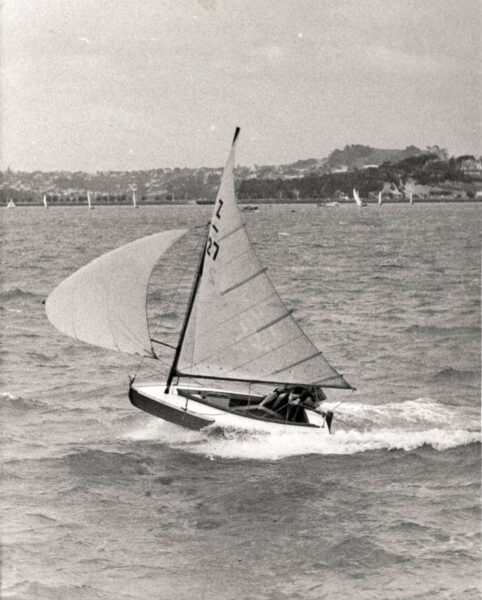
There are a remarkable number of Zeddie sailors out there. “My brother built a Zeddie at age 12 and I later raced it for a few seasons on the river from Waitara Boating Club. We once towed it from New Plymouth behind my Trekka and sailed in the Bay of Islands.” “My dad built and raced several Zeddies — he had a shed down on the water before the harbor bridge was built!” “Back in the day, sailing was affordable. Built my first ‘P-Class’ with my dad at a club-organized build. At that time, Zeddies were the dream boat to move onto, followed by Idle-Alongs and ‘R-Class’ — all still affordable as a student.”
The photo clearly struck a nerve. Sailing a dinghy is an amplified and more connected version of an already extraordinary feeling, where speed and planing are almost always on tap when it’s windy. But dinghies also beckon to one’s childhood. There is a grainy nostalgia about the photo that transported us back to a time when small boats ruled, when we couldn’t yet drive a car, but we could sail our own boat. It was freedom and adventure. It was agency and self-reliance. It was testing our nascent limits and abilities and building our confidence and knowledge, which permeated many aspects of our young lives.
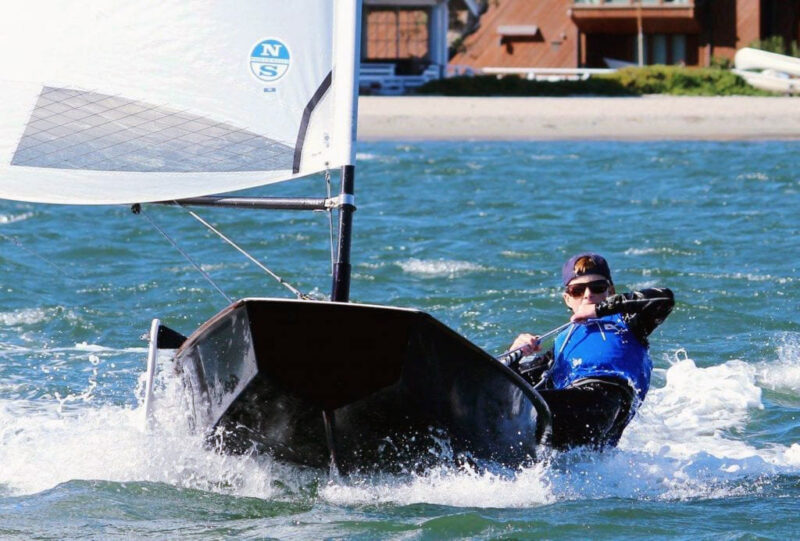
I started in a Sabot at Southwestern Yacht Club in San Diego in the mid-’80s, but quickly gravitated toward the then-new and popular Holder Hawk. It was FJs in college sailing, then onto 420s, the occasional ride on a Laser 2, and a 29er a few times. I probably never sailed a Laser until the late ’90s when I worked at the Navy Sailing Center in Point Loma. I was in my early 20s, and on those rare windy winter days in San Diego, I’d go blast around the bay. I even raced Lasers on Mission Bay a handful of times.
“If you were not on a planing reach while sailing, you have not experienced the full effect of sailing on your mind,” wrote Christopher Nash on the Zeddie Facebook thread.
Back in my day, there were a handful of revered dinghies that you might occasionally see at a yacht club as a one-off without a fleet, such as Flying Dutchman, 5O5s, and 470s. And then there were the boats that you only saw in magazines, such as International 14s and Aussie 18s. Those boats were so extreme and so inconceivably fast that they touched a deep place in the imagination. Years later, I found out that I-14s and Aussie 18s were actually very old classes.
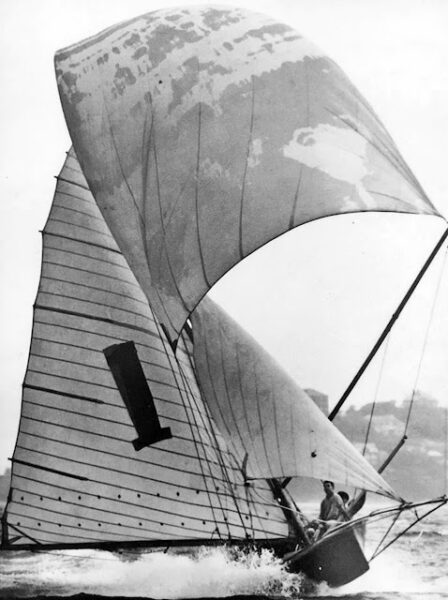
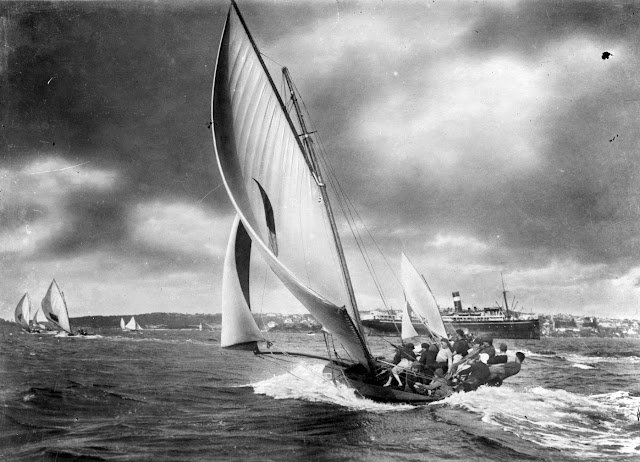
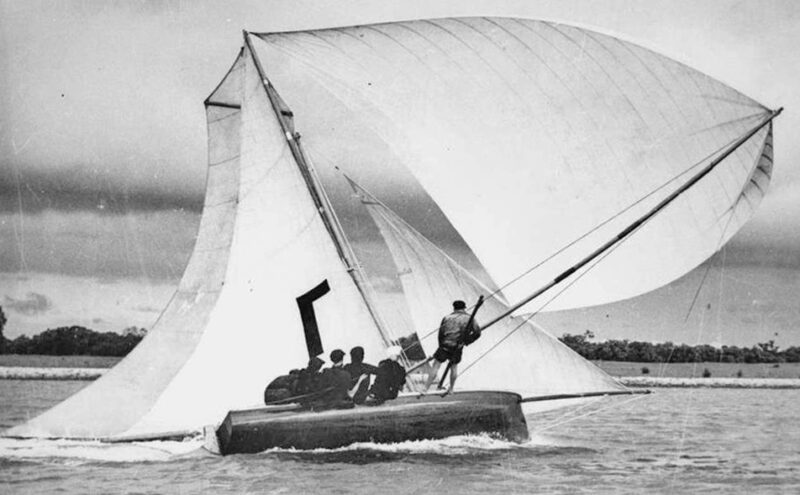
How does the saying go? “Big boats bring the glory, but small boats make the sailor?”
Nearly every America’s Cup and SailGP skipper — many of whom went on to sail in the Whitbread/Volvo/Ocean Race — is probably an Olympic champion in some dinghy class. That is certainly true of New Zealand skipper Peter Burling (a gold and two silvers in the 49er class) and English skipper Ben Ainslie (four golds and silver, some of them in Lasers). This isn’t a new phenomenon, either: Dennis Conner was a world-champion Star sailor, and took a bronze medal in the Tempest class at the1976 Olympics in Montreal, while Paul Cayard just missed the podium sailing Stars in the 2004 games in Athens. But he’s a Star champ, and “counts his 1988 Star Class World Championship as his most prized victory,” according to one source.
In The Joy of Small Boat Sailing, Jack London all but mocked mariners who couldn’t sail dinghies. When London was 12 and owned a “decked-over, 14-ft, centre-board skiff which I had taught myself to sail,” he took an English mariner whom he revered — “I sat at his feet as at the feet of a god” — out on the Bay. “I learned what a real sailor was in a small boat. He couldn’t trim the sheet to save himself, he nearly capsized several times. When we came back to the wharf, he ran the skiff in full tilt, shattering her nose. And yet he was a really truly sailor fresh from the vasty deep.
“A man can sail in the forecastles of big ships all his life and never know what real sailing is.”
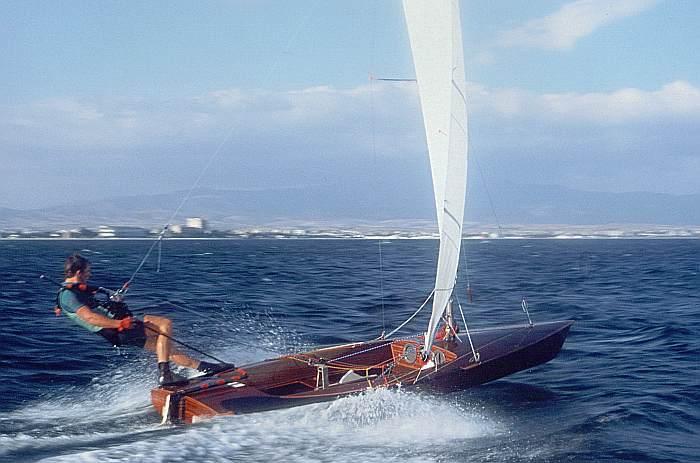
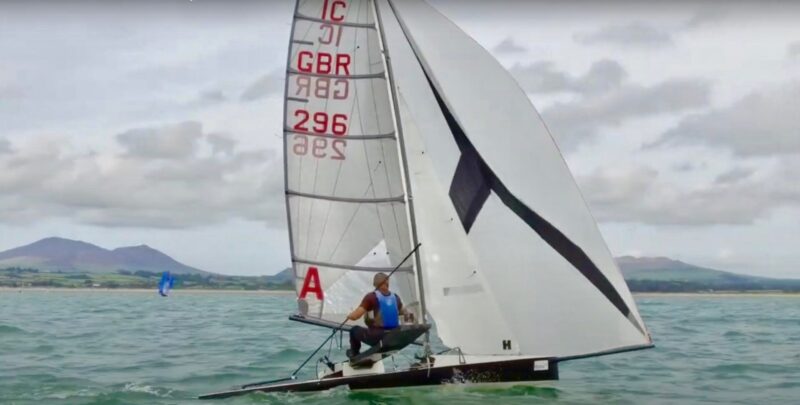
There is of course more than just the ultra high-performance, overpowered, over-canvassed, trapeze-laden classes of boat. In San Diego, it was Thistles, Lightnings and Snipes, and small keelboats such as Etchells and Solings. And we haven’t even begun to talk about multihulls. (Are small multihulls are considered “dinghies”?)
To me, dinghies have always been hyper-regional. What was the greatest boat at your yacht club and from your childhood — much like the New Zealand Zeddie — may be unknown to other sailors and dinghy aficionados.
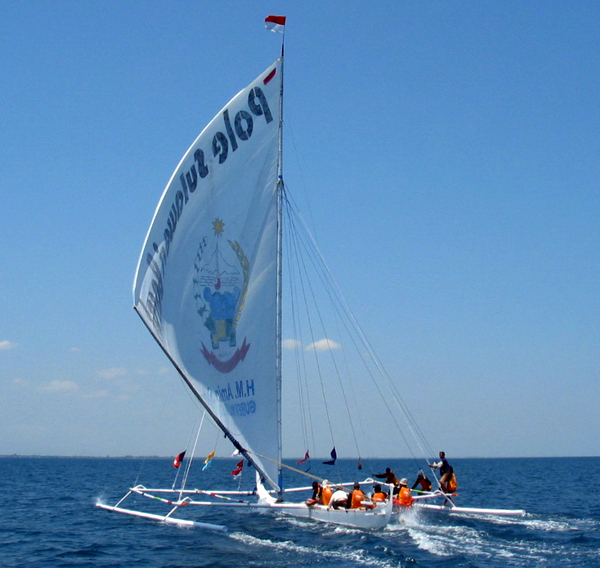
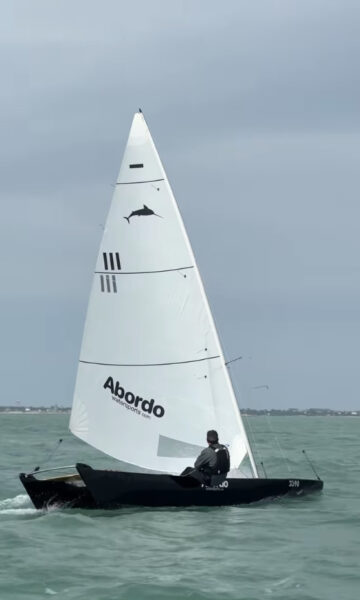
What about you, Latitudian? What kind of dinghies did you sail in your childhood — and which ones did you dream about? If you were to analyze your young self, could you name the skills/confidence/tools/etc. that sailing gave you as a child?
Please comment below, or write us here.
This story has been updated.

… where speed and planing are almost always on tap when it’s windy. But dinghies also beckon to one’s childhood. There is a grainy nostalgia about when we couldn’t yet drive a car, but we could sail our own boat. It was freedom and adventure. It was agency and self-reliance. It was testing our nascent limits and abilities and building our confidence and knowledge…
No matter how one learned, the above is always TRUE. This article leaves out at least one other rarely, but still important, way of learning: Sailing Canoe! No, not a catamaran or any other type of multi-hull. I mean a true canoe that is barely wider than one’s body.
One VERY quickly understands balance and the importance of how the wind affects the boat. I have continued to sail since then and was able to purchase my first boat while in my 20’s. Many years and several boats since then I am still able to feel the wind and water effects much earlier than others on a sailboat. Those “others” often complain when I start making the necessary changes to compensate for what I feel/think is coming; eventually, the comment “how did you know” is many times heard
All of this to provide a reminder that dingeys are not the only way to learn…..
I went from an El Toro to an International 110- 24′ long, 4′ wide. When I was 5 years old, on a light wind day, I was sailing with my father on the 110, and he dove off the boat and left me to sail it alone. I felt like Captain Cook. Later when I was 13, I stole the 110 from my dad, so he promptly went out and bought another one. I never beat him in a race, but I am still sailing them.
Mr. Burden — You have several fair critiques, and I fully acknowledge that I made errors in this story. However, if you’re implying that articles like this, in an advertising-driven publication like ours, inevitably lead to a decline in small-boat sailing, then I would ask you to re-read the first line in the story: “Dinghies are awesome and EVERYONE loves them.” By everyone, I meant myself (I’m 49), the staff at Latitude (average age around 56 years old), as well as the overwhelming majority of sailors that we know — many of whom are small-business owners who advertise with us.
We/I couldn’t agree more that dinghy sailing is the grass roots of the sport and lifestyle of sailing. The article quoted the aphorism: “Big boats bring the glory, but small boats make the sailor.” I regret that the core point I was trying to make didn’t come across.
— I’m sure you’re right about what I called “non-planing” boats, such as Thistles and Lightnings. I’m from San Diego, where there wasn’t much planing going on in any boat.
— You’re 100% right about my error in calling Etchells and Solings “dinghies” when they obviously have a fixed keel. I arbitrarily lump those boats in as dinghies, because my arbitrary conception of a keelboat is something that you can cruise, anchor, go below and sleep in. (Yes, I’m sure there are plenty of people who have anchored and camped out in Etchells and Solings.) And I’m completely ignorant about how to categorize small-ish multihulls, such as the Sandeq. Are you saying that something like the Wētā 4.4 trimaran is NOT a dinghy because it’s a multihull?
— This article obviously focuses on childhood associations with dinghies, which came from the avalanche of comments received from our post about the Zeddie. Admittedly, the motive behind this piece was to get people talking about their early memories of sailing, their first boats, and the aha-sailing-moments of their youth. I’ll be the first to admit that I may have muddled this point, or that this article is hackery in one way or another.
— I have no idea what you’re talking about. Mr. Burden, when you said that we/I am buying into the “typical American sailing mentality that dinghies are only for kids.” I wrote that I’d never sailed a Laser until my early 20s. I would also refer you to the paragraph in this story highlighting a number of Olympians such as Dennis Conner, Peter Burling and Ben Ainsle. Please type in “Olympics” in the search bar on the Latitude 38 website to see our coverage of Olympic sailors. Check out our report on the 5O5 Worlds in the November issue. (Both Mike Martin and Adam Lowry, the winning skipper and crew of the 2023 Worlds respectively, have also been guests on the Good Jibes podcasts.) Regarding your comment about “luxury items” and income: Isn’t competitive dinghy sailing at a high level far more expensive than buying, fixing up and paying slip fees for an old Cal 25?
Let’s also keep in mind that dinghies are not just for racing. Please read “Exploring the Bay in a Dinghy” in the October issue’s Sightings, written by an adult. Though Dennis Conner and Paul Cayard were heroes of mine growing up, I’ve never been much of a racer. I was turned off by the vocal minority who were so serious about racing to the point of being indignant, sometimes literally screaming about rules and technicalities, and feeling a sense of superiority/entitlement that their style of sailing was the ONLY style of sailing. I don’t mean to imply that all racers are like this — the majority of hard-core, successful racers I know are fun people and amazing sailors — but when I was faced with the choice of racing vs. just ripping around in a dinghy, well … I just wanted to go fast.